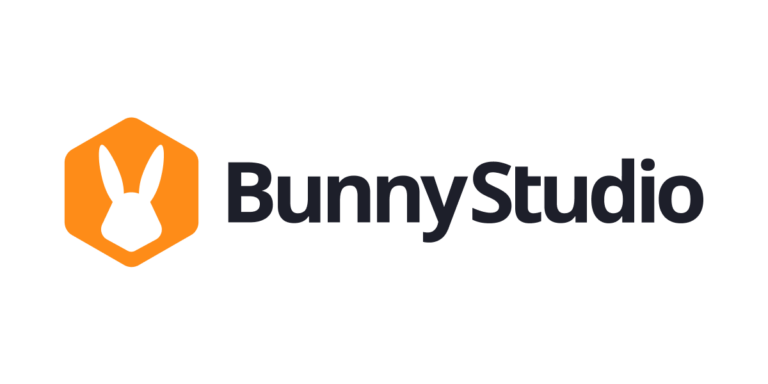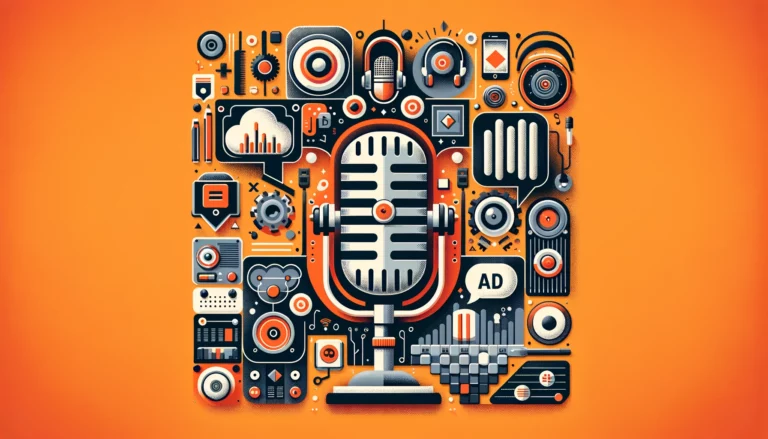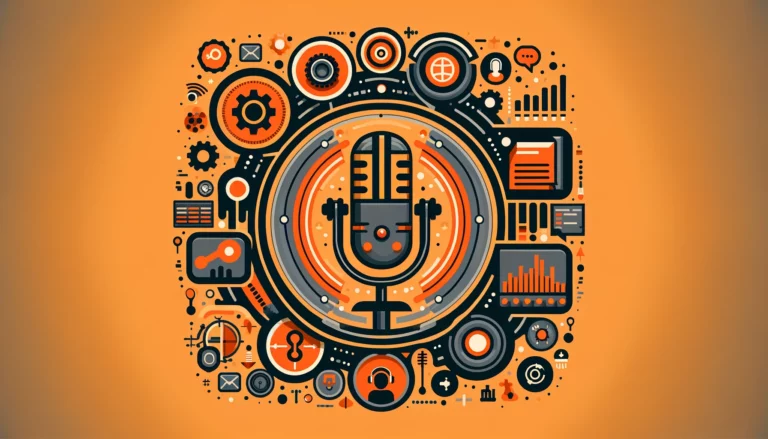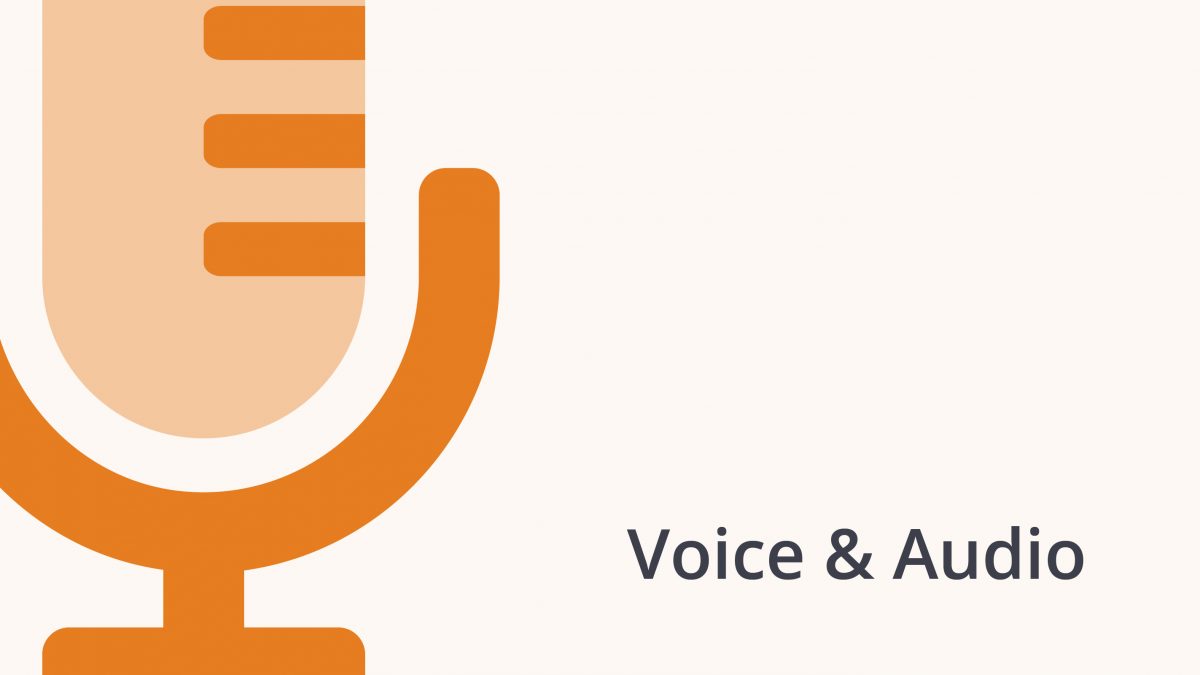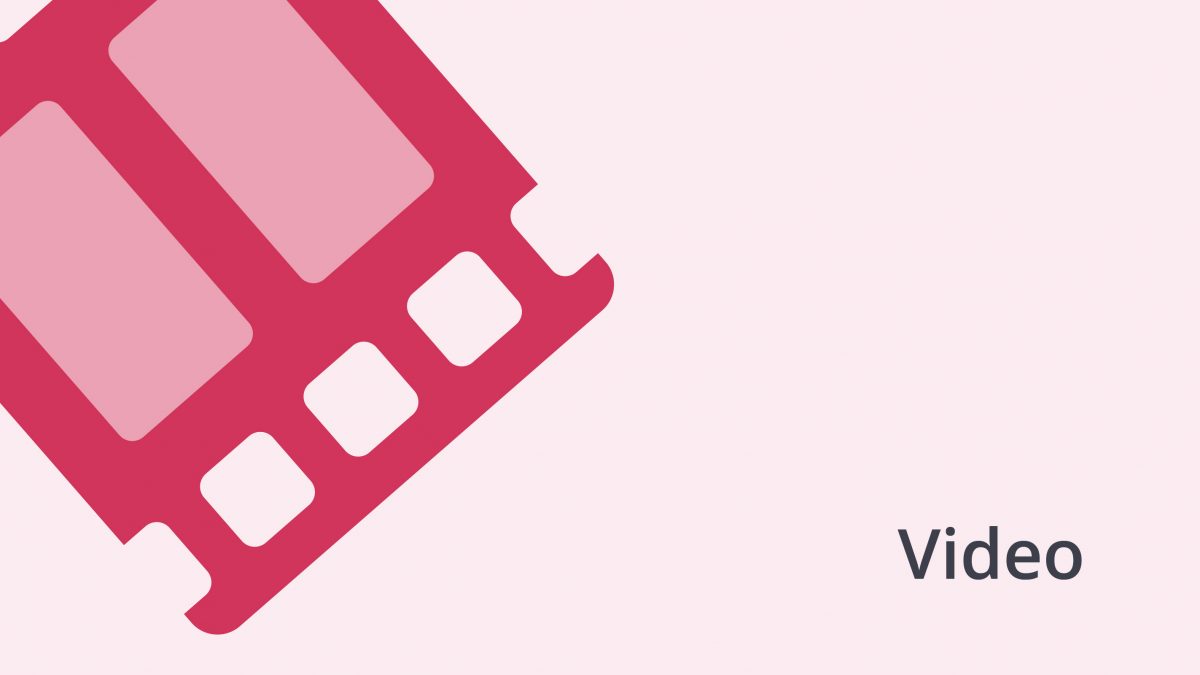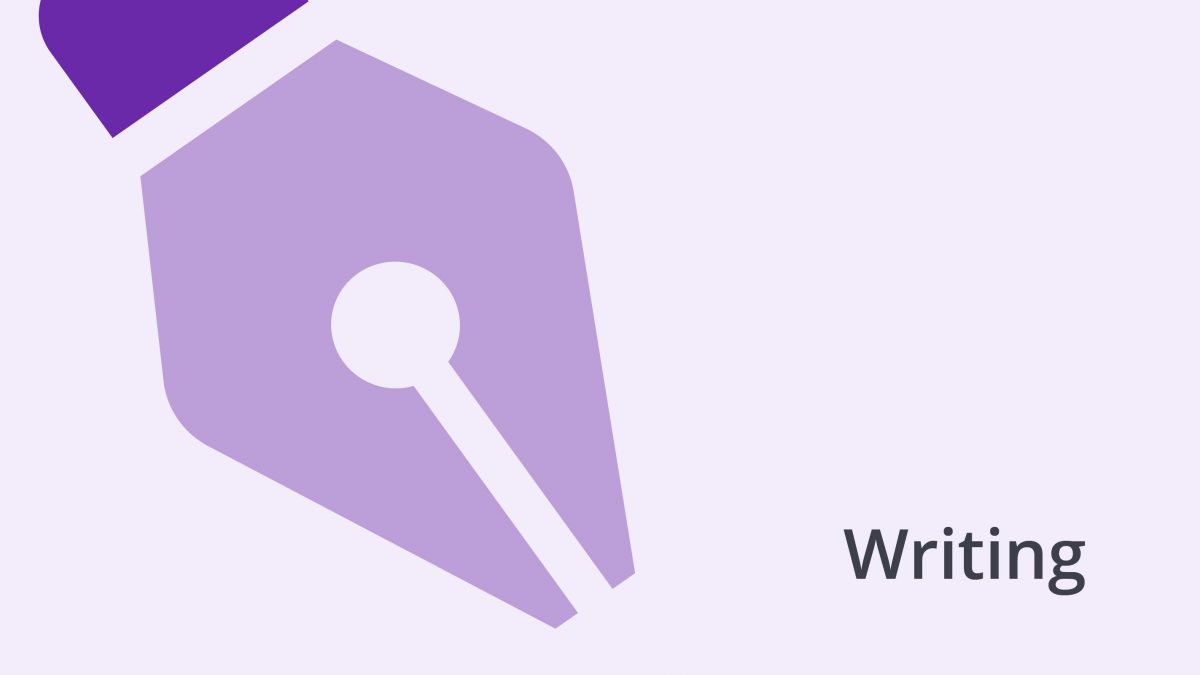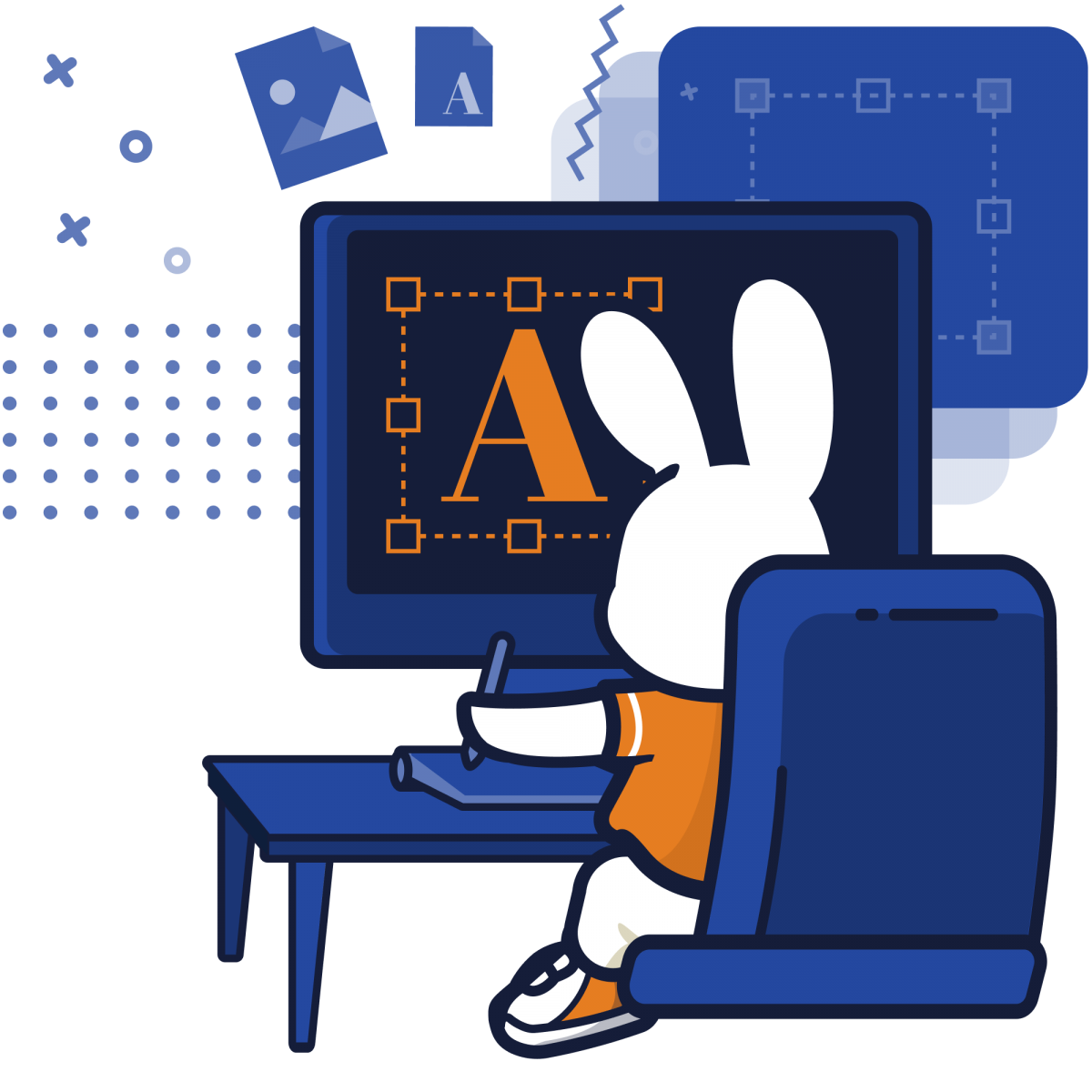People in the advertising, audio, video-gaming, audio-visual and educational industries throw about the term “voice over” frequently. For those new to the industry, or coming across the term for the first time, having a clear definition of what voice over is, or more importantly, is not, is critical.
A simple definition of voice over is recorded speech when you can’t see the speaker.
But what does that actually mean?
And what does it look like in practical terms?
If you prefer to watch a video instead, click here:
This post has been updated in September 2021.
Voice over definition: What is it?
Let’s take a look at three different dictionary definitions of voice over.
The Oxford Dictionary defines a voice over as
“A piece of narration in a movie or broadcast, not accompanied by an image of the speaker.”
The Cambridge Dictionary definition is
“on a television programme, film, or advertisement, the spoken words of a person that you cannot see”.
The definition in the Merriam-Webster dictionary lists voice over as
“1a : the voice of an unseen narrator speaking (as in a motion picture or television commercial) b: the voice of a visible character (as in a motion picture) expressing unspoken thoughts 2: a recording of a voice-over”.
The common thread with these definitions is narration, spoken words or voice in the absence of the visual image of someone actually speaking.
A voice over can occur in conjunction with an image, either still or moving, or as audio-only. An example of this would be a radio ad, either live or recorded.
And what is it not?
A voice over is not when moving images of somebody speaking accompany the spoken words, narration or voice with the intent to synchronize these mediums. The term for this is dubbing, and an in-depth look at how voice overs and dubbing are different can be found here.
A voice over is also not a real-time recording of narration, spoken words or voice with the live image of the person speaking. The term for this would be video recording with audio.
If the speaker (or supposed speaker) and voice are on screen at the same time, it’s not a voice over – even if the speaker happens to be off-camera. If the audio is playing over the moving or still images, or is playing independently of any images at all, it is a voice over.
Voice overs in action
Looking at when voice overs occur makes understanding the definition of voice over easier. Some of these are:
- Characterization
- As a creative device
- Education & training
- Information & entertainment
- As a commercial device
- Translation
Let’s look at these situations in more detail.

Characterization
This is possibly the most well-known form of voice over, although people may not realize that’s what it is. Using voice over as characterization is when a human voice is played over animations or fictional characters (e.g. talking animals in a film). Anyone who has watched a cartoon on television or film has experienced voice over as a charter device first hand.
By lending the animation or fictional character a human voice, the personality of that character comes to life as they engage with the narrative.
A creative device
Leading on from characterization, voice over can also be used as a creative device in films, television, theatre, and radio. In these situations, the voice over may take the form of an omniscient narrator (a narrator that is external to the story), a character reflecting on his or her past, or ‘extra’ characters that enhance the existing dialogue (e.g. a studio audience for a radio talk-back show).
Voice overs used in this context may be in sync with any corresponding images. More often than not, however, they have only a loose connection with the images displayed on screen. They can also be used in summaries that bridge gaps within a production or story.
Education & training
Voice overs are frequently used in education & training, online or face-to-face. The voice over may take the form of audio-only, as if the speaker were giving a lecture. It also may occur in conjunction with visual aids, such as printed material, PowerPoint presentations or video clips.
Many online tutorials use voice overs to talk listeners through the steps of using a program or software while simultaneously showing those steps on the screen.
Information & entertainment
Documentaries, news & sports broadcasting, and video games also use voice overs. In these situations, the voice over is used to enhance any visual material.
For example, for documentaries and news broadcasting, there may be visual snippets related to the topic in question. The voice over would describe how these images relate to one another and fit within the narrative as a whole.
In addition to this, video games use voice overs to bring characters to life and lend a level of reality to the game. Other uses include explaining rules or sharing information about rewards, challenges, and warnings.
As a commercial device
Advertising has long used voice over as a key tool in developing ads for television, radio, and increasingly, digital platforms. Information about the production, business, brand or event is shared with or without supporting images.
Like for information & entertainment, the images may be snippets of visually relevant material. The supporting image may also simply be a still picture of a brand’s logo and it is the voice over that does the heavy lifting.
Any pre-recorded audio material on radio would be considered a voice-over, as well as ads that are used in streaming services such as Spotify.
Translation
Confusion between voice over and dubbing often occurs when it comes to translation. That’s why it’s important to revisit the definition of voice over. A voice over is when the speaker (or intended speaker) cannot be seen. There is no attempt to match the voice up with the image of somebody speaking.
Voice over in translation is when a voice is recorded in a language other than the original film. The recording is then played over the images. This retains context but is not in sync. The volume of the original language audio is muted or turned down. You could think of it as almost-dubbing, but in essence, its voice over.
Industry Terminology
So now you have a clearer idea of what the definition of voice over is and what situations voice over may be used in, let’s explore some of the other industry-related terminologies that may be relevant to you.
A
Account: The client or advertiser.
Ad-lib: Improvised lines purposely spoken in the spirit of the script but not actually in the script.
Air: the media time slotted for an ad. Also known as airtime.
Arc: The arc refers to the voice actor’s interpretation of the emotional stages that accompany the storyline, often following a beginning, middle and end structure.
Audio: Transmission, reception or reproduction of sound.
Audition: A trial performance for voice talent where voice-over copy is read. This is not usually paid.
B
Bed: The music or SFX behind or under an announcer’s voice
Booth: The space in which a voice talent works. Generally an enclosed and soundproofed room.
Broadcast or Broadcasting: Is the distribution of audio and/or video signals, which transmit programs to an audience.
Buy-out: A one-time fee paid for a voice-over for an ad.
C
Conversational: A direction meaning to speak naturally, as in everyday conversation.
Copy: The script.
Copy points: The specific benefits of a product or service, placed throughout the script by the copywriter.
D
Demo: A demonstration of an actor’s voice talent
Digital recording: A process where sound is converted into numbers and stored on a DAT or computer hard drive.
Drive time: The times of day with the highest audience numbers for radio. Morning drive refers to the hours between 6 AM and 10 AM, evening drive refers to the slot between 3 PM and 7 PM.
E
Editing: The removal, addition or re-arrangement of recorded material.
G
Gig: A job.
H
Holding fee: The money a talent receives if the client wants to hold a spot for airing at another time.
Home recording: Recording at home rather than in a professional studio.

J
Jingle: A musical commercial.
L
Library music: Purchased, pre-recorded music that producers use when the budget doesn’t allow original music.
M
Mix: The blending of voice, sound effects, music, etc. The finished product is referred to as the final mix.
P
Pace: How fast an actor reads copy.
Problem-Solution: A common type of script, where the message appeals to the consumer by solving a problem.
R
Read: The overall performance quality of a script.
Residuals: Payment made to the talent for use of recording beyond the initial session or fee.
S
Scale: The minimum, established wages set for working talent.
Session: The time spent recording the voice actor, starting from when the actor reports (call time) and ending when the director/producer calls it a wrap. The actors’ pay is referred to as a “session fee.”
SFX: Shorthand for sound effects. Also seen as EFX.
Spec: Short for Specifications. The directives given for a particular script, such as how to read the commercial.
T
Talent: A broadcast performer, entertainer or voice-over artist.
Three-in-a-row: Performing a line or phrase three times, with a variance to the attitude and intonation, or at different speeds.
Time: The length of a spot. Most Radio and TV spots time in at 15, 30 or 60 seconds.
V
VO: Shorthand for voiceover. In a script, VO is used to indicate the parts to be read by the voice actor.
W
Watermark: A technique that renders an audition file with background noise to prevent its use.
A more comprehensive glossary of terms can be found here and here.
Wrap: The end, as in That’s a wrap.
So there you have it. A comprehensive overview of not only the definition of voice over, but also the situations in which you use voice overs, and a glossary of related terms. You can find out more about the trends in voice over here.
You should now be in a more informed position to begin negotiating your way through the voice over industry and literature. Whatever your needs are when it comes to using voice overs, there is sure to be an answer for you.
Start your own voice over today with Bunny Studio!

